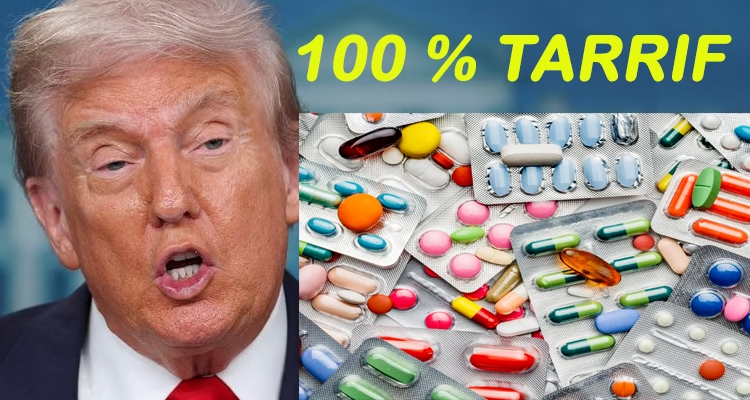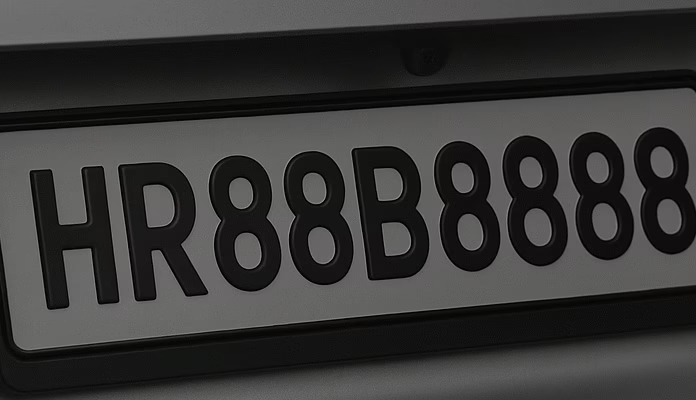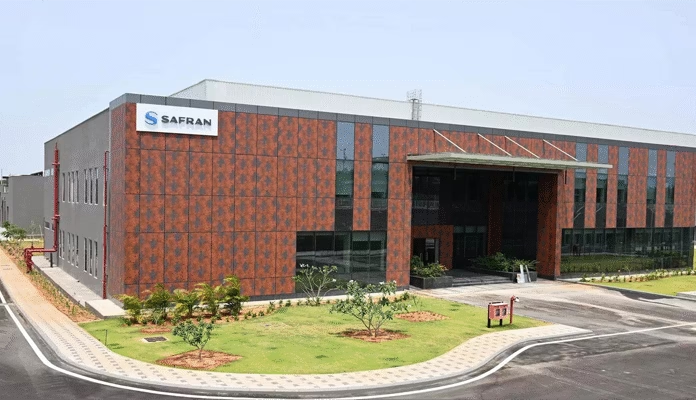RNS: U.S. President Donald Trump on Thursday unveiled sweeping new trade measures, declaring that branded and patented pharmaceutical imports will face tariffs of up to 100% starting October 1, 2025. The move, he argued, is designed to force global drugmakers to “build in America” — but it puts Indian pharmaceutical firms squarely in the firing line.
Posting on Truth Social, Trump said: “From October 1, 2025, a 100% tariff will be imposed on all branded or patented pharmaceutical products unless the company is building its manufacturing plant in the United States.” He stressed that “building” means breaking ground or having facilities already under construction, with exemptions only for drugs produced domestically.
The tariff salvo wasn’t limited to medicines. Fresh duties of 50% on kitchen cabinets and bathroom vanities, 30% on upholstered furniture, and 25% on heavy trucks were also rolled out, with Trump accusing foreign manufacturers of swamping U.S. markets.
For Indian pharma, the shock is direct and immediate. While the industry dodged the brunt of earlier tariff wars, it now faces exposure at the heart of its exports. Indian firms supply nearly half of America’s generics and around 15% of biosimilars — making them a critical link in the U.S. healthcare system.
Adding to tensions, Trump also signed off on a controversial plan to slap a $100,000 application fee on H-1B visas. The program, heavily used by Indian IT professionals, is now under threat — with U.S. tech giants already sounding alarm bells.
Trade friction between Washington and New Delhi was already simmering, with tariffs of 50% on a wide range of Indian exports. Thursday’s announcement escalates that standoff into a far more direct confrontation.
Trump’s 100% Pharma Tariff: What Happened, Who’s Hit, and What Comes Next
President Trump’s new tariff package is one of his boldest yet, shaking markets, rattling allies, and setting up high-stakes battles in courtrooms and trade forums.
The Policy in Plain Language
From October 1, branded and patented drug imports will face 100% tariffs unless the company is actively “building” a U.S. plant. In addition, the administration imposed 50% duties on kitchen cabinets, 30% on upholstered furniture, and 25% on heavy trucks.
The White House has framed this as industrial and national-security policy, designed to cut dependence on imports. But trade experts say the sweeping scope is almost certain to trigger lawsuits and global pushback.
Market Jitters — India in the Spotlight
Indian pharmaceutical stocks dropped on the news. Though most Indian exports are generics, the fear that tariffs could extend beyond branded products sent shockwaves through the market.
Given India’s central role in supplying medicines to the U.S., the stakes are enormous — and the uncertainty has already eroded investor confidence.
Expert Reactions
-
Industry groups: Warned that U.S. patients will face higher drug prices, while supply chains and innovation pipelines get disrupted.
-
Trade lawyers: Questioned whether “is building” can be credibly enforced, since pharma plants take years to build and billions to finance.
-
Healthcare bodies: Slammed the parallel $100,000 H-1B visa fee, warning of severe doctor shortages in underserved regions.
Short- and Medium-Term Impacts
-
Rising costs for patients and insurers until supply routes are reshaped.
-
Market volatility as Indian pharma firms and U.S. buyers renegotiate contracts under tariff pressure.
-
Slow reshoring of pharma capacity — with new plants years away from real production.
-
Diplomatic risks as India and others weigh retaliatory action and WTO disputes.
India’s Possible Playbook
-
Seek clarity on exemptions for generics and contract manufacturing.
-
Diversify exports further into Africa, Latin America, and Europe.
-
Mount legal and diplomatic challenges in coordination with industry groups and other affected nations.
The Big Questions Ahead
-
Can U.S. courts or the WTO rein in tariffs of this magnitude?
-
Will token U.S. projects qualify for exemptions — and if so, does that solve or sidestep the problem?
-
Could the move backfire politically if it pushes up drug prices and feeds inflation?
Over the next six months, watch for:
-
Rulemaking details on what qualifies as “building.”
-
Corporate announcements of emergency investments or lawsuits.
-
Diplomatic maneuvering as India, Europe, and others weigh responses.
Trump’s 100% pharma tariff is a high-stakes gamble. It could force drugmakers to bring production to America, but in the short term it risks higher U.S. drug costs, strained ties with India, and a wave of legal and diplomatic battles that could drag on for years.




